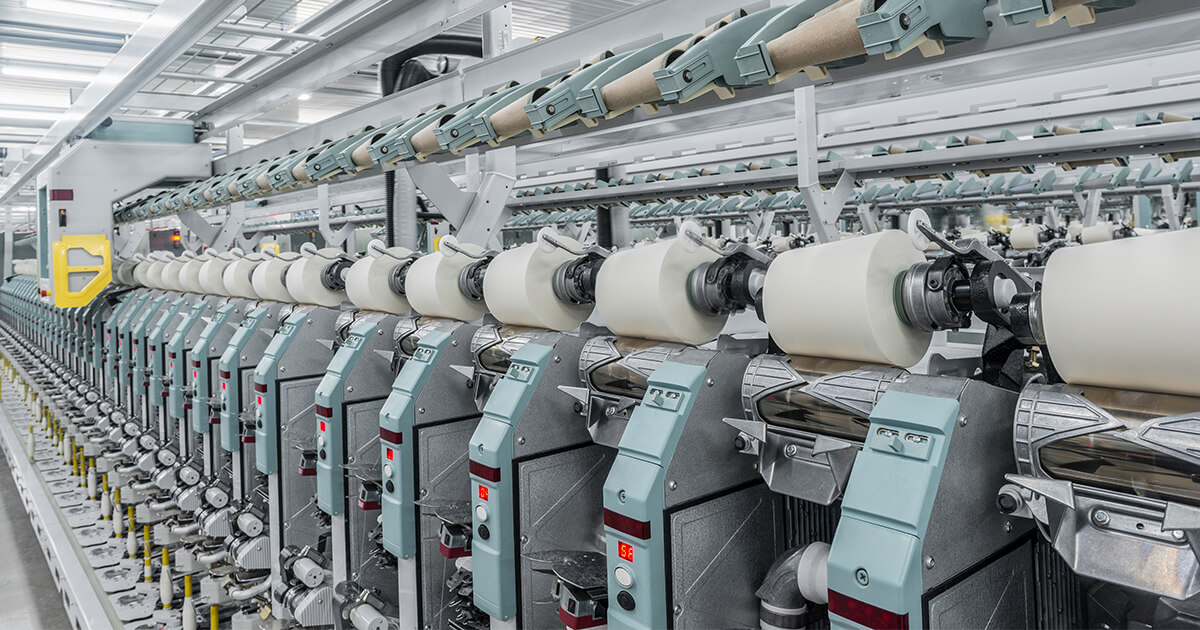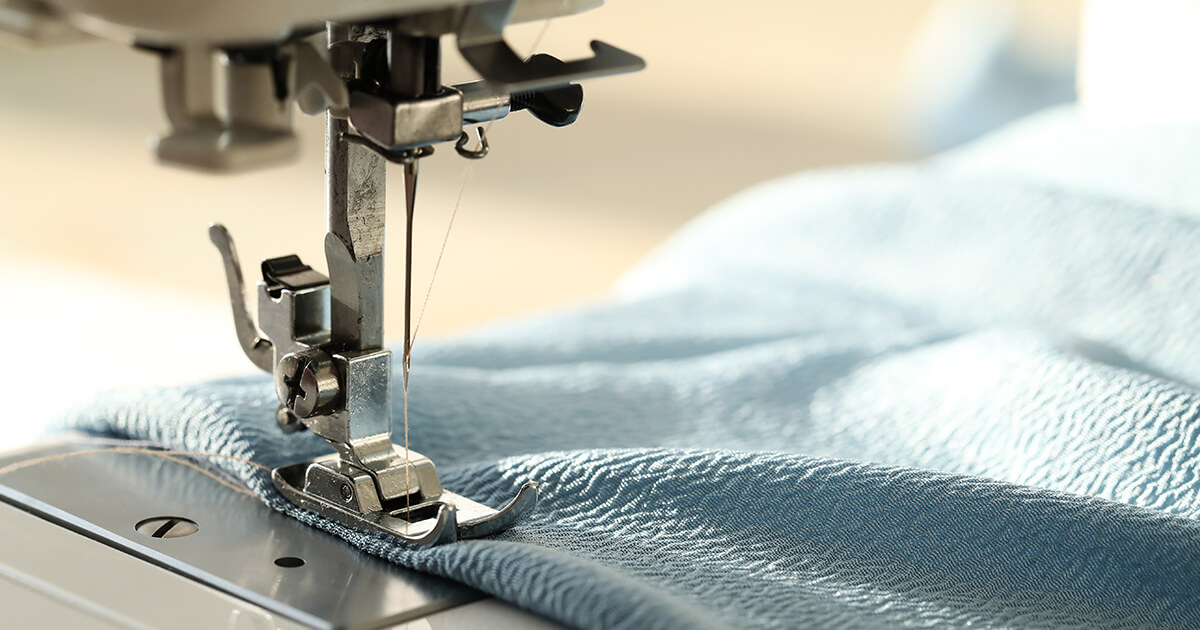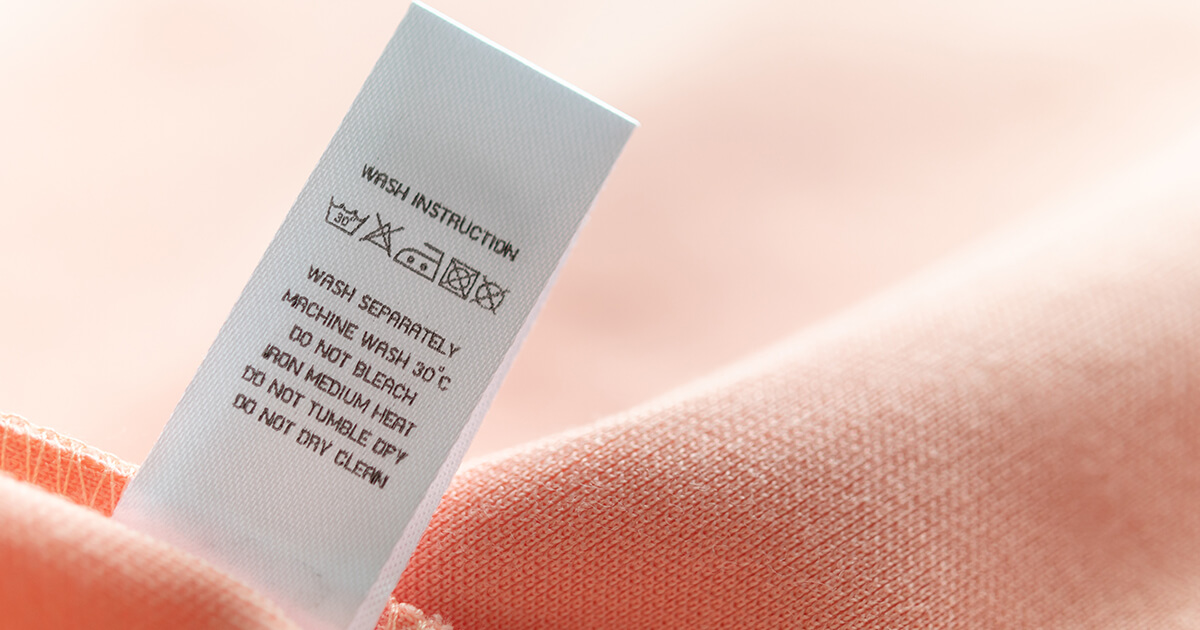Food, shelter and clothing are basic needs for human survival. Since clothing is one of the basic needs of human beings, textiles play an important role in making clothes. Textiles appear in every aspect of life from morning until bedtime. We find them in the bristles of the toothbrush, the carpet we step on, the sofa we sit on, the clothes we wear and the bed we sleep in.
What is Textile?
Textiles are not only clothing and home furnishings, but also have a huge presence in high-end applications such as firefighting suits, sewing, conveyor belts, sports, packaging, etc.
Textiles are products formed by the interweaving, interlacing, etc. of fibers/yarns. A textile is a material composed of natural or synthetic fibers. A textile product goes through various processes in its production before it becomes wearable. These processes include spinning, weaving, knitting and garment production.
History of Textile:
Early humans, who lived many years ago, used to cover their bodies with tree leaves, woven grasses and animal skins to protect themselves from cold weather, rain and other natural disasters.
Spinning and weaving are among the oldest arts. In the twisting of fibers, hairs and grasses by the nerves, rolling them between the thumb and fingers, in the palms of the hands, we have the original spinning wheel. The hand-operated spindle and loom were the most important tools for textile production. The material used was wool.
In very primitive forms of spinning without a spindle, logs of goat hair or wool were tied to a stone, spun until the yarn was sufficiently twisted, then wrapped around the stone and repeated many times. The need to stabilize or otherwise reinforce objects later led to binding, fastening and sewing.
The post-industrial period has witnessed continuous development and innovation in textile raw materials, machinery and processes. In the mid-twentieth century, there were significant developments in raw materials such as polyamide, polyester, polyacronitrile production and machinery such as water-jet looms and open-end spinning machines, and this process of innovation and improvement is still ongoing. In weaving, the weft insertion speed has been further increased. A new technology is open shed weaving, which allows to add additional patterns or reinforce a woven fabric at specific points for technical applications.
Different Types of Textiles:
The first word that comes to mind when we think of textiles is “clothing”. Textiles are divided into garments, home fabrics and technical textiles. Clothing and household fabrics (curtains, carpets) seem to be easily identifiable. Certain properties, e.g. drapability, fine appearance, texture, color, luster, design, etc. are essential for a good garment and are called aesthetics. Therefore, it can be concluded that all other textiles constitute the group of technical textiles. In other words, it can be defined as “textiles where performance properties are more important than aesthetics”. Technical textiles already account for 4% of total textile production. Even in many growing countries, this rate is much higher than 10%. For example, pressure suits for astronauts, cold and water resistant clothing for divers and protective clothing for steelworkers do not belong to the clothing group; they are technical textiles.
The use of fibers, yarns and fabrics for applications other than clothing and furniture is not a new phenomenon. Different natural fibers such as cotton, flax, linen, etc. were used for tents, ropes and sacks, etc. Silk has been used for surgical sutures.
Classification of technical textiles:
Agrotech: Textiles used in agriculture, horticulture and forestry
Buildtech: Textiles used in the building and construction industry
Clothtech: Textiles used in technical components of footwear and clothing
Geotech: Geotextiles and textiles used in engineering
Hometech: Textiles used in furniture, home textiles and floor coverings
Indutech: Textiles for infiltration, handling, cleaning and other industrial uses
Medtech: Medical textiles or medtech, also known as bio-medical textiles. The main functions of medical textiles are health care, hygiene, new fiber technology and artificial medical textiles.
Mobiltech: Textiles used in automobiles, shipping, railways and aviation
Oekotech: Textiles for environmental protection
Packtech: Textiles for packaging
Safety Textiles: Textiles used in general protection
Sport-tech: Textiles used for sports and leisure.


